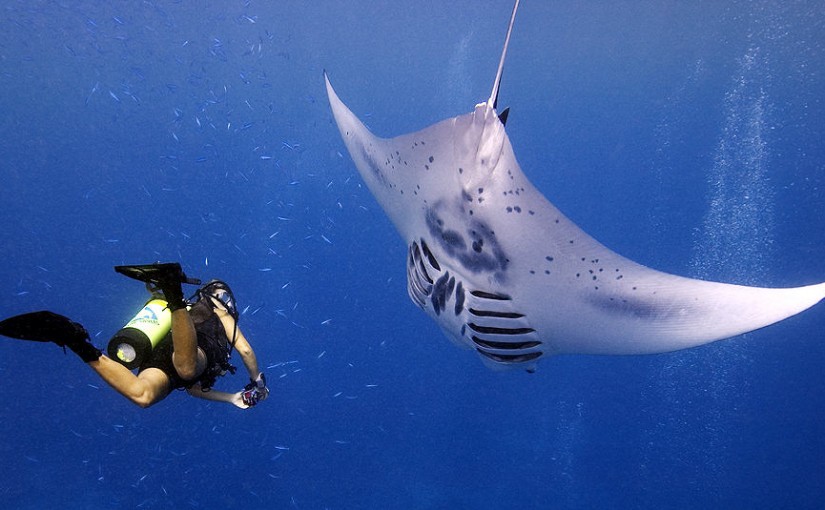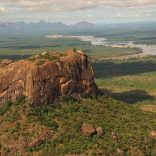Mozambique: Man arrested for trying to sell 12 elephant tusks - Watch
Tourism with mantas in Mozambique could mean US$34 million per year, study says

U.S. Dive Travel (File photo)
Diving-related tourism in Mozambique could generate a direct economic impact worth US$34 million, a study released yesterday reveals, while warning of the need to prioritise and invest in the conservation of marine diversity.
“The manta may have an economic value of about US$10.9 million (EUR 10.3 million) in direct profit for diving operators in Inhambane province and with a direct economic impact (including Tourism related expenses) estimated at about US$34 million per annum,” the study prepared by the Megafauna Marine Association reads.
On the contrary, the disappearance of mantas in the region would represent an annual loss of between US$16.1 and US$15.7 million (EUR 15.3 to EUR 24.4 million).
“The opportunity to encounter one of these iconic animals in its natural environment has been a major attraction for tourists to Mozambique from all over the world, which directly benefits the local economy. This study shows that the conservation of these marine giants far outweighs the economic benefit of fishing for them,” says Stephanie Venables.
Recent research shows that there is “a considerable reduction” in the manta population, but the association believes “it is possible to make a difference and save these emblematic animals before it is too late”.
To this end, the experts propose the creation of marine protection areas and a protection law.
Mantas are a threatened with extinction worldwide due to the pressure of fishing activity and human action. They are trapped or caught in nets or fishing lines and are also affected by pollution and habitat destruction.
However, “this emblematic species has been a business card for the tourism and wildlife industry, thus creating incentives for their protection and that of their habitat by creating areas of marine protection and imposing restrictions on fishing or trade,” the association points out.
The Mozambican coast is almost 2,500 kilometers long but there are only six marine protection areas, Megafauna says.
The Marine Megafauna Association has worked with local governments and community leaders to protect threatened species from extinction and also safeguard the economic value of marine tourism.
The association used data from 478 surveys on tourism expenditure to write the study, along with 15 enquiries among partners and statistics on diving provided by tour operators in the coastal zone.













Leave a Reply
Be the First to Comment!
You must be logged in to post a comment.
You must be logged in to post a comment.